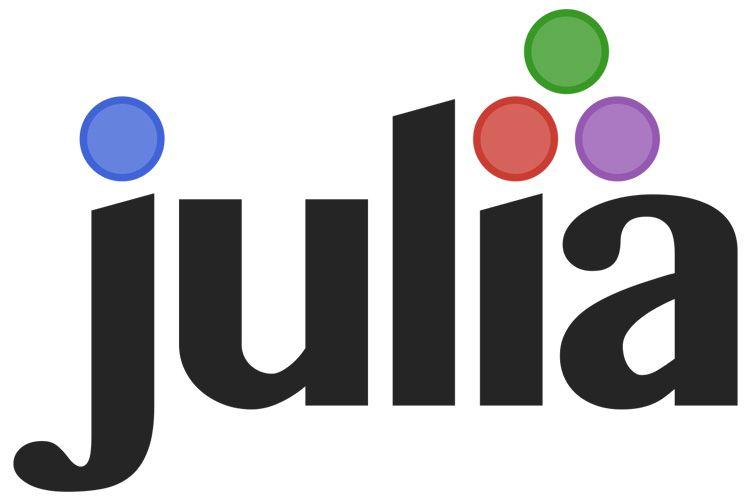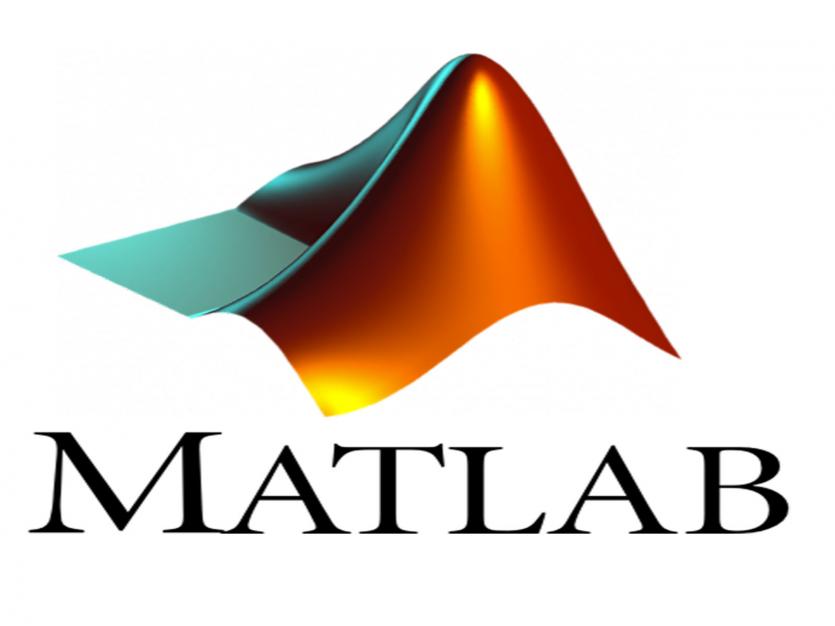7 Programming Languages That Data Scientists Need
If You Want To Become A Data Scientist, The First Thing You Need To Pay Attention To Is Learning Efficient Programming Languages In This Area.
Data Scientists Need 7 Programming Languages:
For this reason, let us continue with the most popular languages that offer good capabilities in data science.
1. Python

Python is the most widely used programming language today, and almost all major sites like PYPL and TIOBE acknowledge this. Python is one of the most potent and flexible languages available and is widely used in data science.
The main reason is the easy and beautiful syntactic combination with an extensive collection of third-party libraries. One of the main reasons for this is the excellent integration of Python with the Jupyter tool, which is widely used in data science.
With Jupyter notebooks, you can quickly see the results of the code you type, visualize the data, and create your code documents through the marked blocks. Jupiter has capabilities beyond working with Python, but the most common combination is Python and Jupiter.
2. R

R is an open-source programming language introduced in 1993 and used for statistical calculations, data analysis, and machine learning. According to studies by Stack Overflow, R’s popularity has increased over the past few years. Although researchers are widely used, they are now used by major technology companies such as Google, Facebook, and Twitter in data analysis and statistics.
R, like Python, is an interpreted language that allows you to execute your code without needing a compiler. At the same time, R is multi-platform, so you do not have to worry about whether the operating system is compatible.
R is so popular that many editors and integrated development environments are designed for it, but RStudio has been the most popular IDE for R development for many years.
You can use R for tasks beyond statistical calculations. Using R, you can access a massive library collection that allows you to build various applications. For example, you can develop web-based aesthetics applications using R with the Shiny package.
3. Julia

Julia Golchini offers the best usability of languages like Python, Ruby, Lisp, and R. Julia provides developers with C speeds and Matlab-applied mathematical symbols.
We can refer to Julia as an ambitious endeavor to create a language that is good enough for all-purpose and special programming related to specific computer science disciplines, such as machine learning, data mining, distributed computing, and parallel computing.
- In the last few years, Julia has received much attention from developers. It is because the JIT compiler compiles the language’s code. One of the main advantages of Julia is its speed, which is comparable to languages such as C, Rust, Lua, and Go.
The most important reasons for Julia’s popularity in data science are the following:
- Learning this language is easy for mathematicians. It Supports syntactic combinations similar to mathematical formulas used by non-programmers.
- It Uses automatic memory management with manual control over Garbage collection technology.
- It is optimized for machine learning and statistical topics.
- Dynamic typing, so you think you are working with a programming language.
- It provides programmers several libraries to interact with data (DataFrames.Jl, JuliaGraphs, etc.).
- An active community of developers supports Julia.
Julia is your language of choice if you want a language with data science support, Python ease of use, and C speed.
4. Escala

Scala is a high-level programming language introduced in 2004 and runs in JVM (Java Virtual Machine) or JavaScript in browsers.
Scala was created to improve aspects that Java programmers are tired of or see as a limiting factor in programming. Among these developments, we see the integration of functional programming other than the object-oriented paradigm in this language. On the plus side, Scala is a faster language than Python or even Java itself.
Many scientists have included scale data in their toolkits because it is invaluable for analyzing large datasets.
According to a 2021 survey by Stack Overflow, Scala is the seventh most lucrative language globally. Still, it is essential to note that large companies in this area do not yet consider Scala compared to other languages.
Because Scala runs on the JVM, it has access to many libraries and packages related to big data, mathematics, databases, and computer science. If you are used to working with the Java programming language, Scala could be an excellent alternative to working with data science.
5. Java

Java is one of the most widely used and popular programming languages. It is versatile and can operate in almost any situation.
Although Java is primarily used to build mobile and web applications, it is also used alongside other popular frameworks, such as Hadoop or Spark, to perform big data analytics because of its strong user base. Significantly, it can also develop multi-threaded prog ams. As a result, the science is no exception to this rule.
Finally, rather than talking about Java as the best and most appropriate option for data science, you should note that given the number of Java developers and companies that have already used this programming language to build applications, in most cases, if you encounter a problem, these developers will be able to support you.
With this in mind, Java can be used in many areas of data science, such as database management, machine learning, etc. If you have a background in Java programming, you will not have much difficulty learning libraries related to this language to work with data operations. Also, do not get that working with Java in this area differs entirely from working with R or Julia.
6. Matlab

MATLAB is a proprietary programming language millions of engineers and scientists use for mathematical and statistical calculations. Data scientists mainly use this language for data analysis and machine learning. The best thing about MATLAB is that you have everything in a single workspace.
MATLAB is used mainly by academics and academics but is still an excellent choice for building a deep foundation on science concepts.
The only downside to MATLAB is that it is non-free software, so if you are enrolled in college or have already used it at work, you will have to pay for a license to use it at home.
7. C++

To complete this list, we need the C++ programming language, e. Indeed, C++ is only used to build programs and operating systems, but it has great potential in other fields, such as data science. Data scientists generally prefer easy-to-use and debugging languages like Python or R because they do not want to spend time fixing weird C++ bugs.
However, C++ plays a vital role in data science because many libraries in other languages are written in t. Creating a machine-learning model requires computational effort, so using an efficient language like C++ makes sense.
If you want to participate in the data science industry by developing libraries for other languages, C ++ may be the right choice.
Conclusion In this post, we reviewed the best programming languages for data science. His field is Hising, and today is the best time to become a scientist.
If you are new to this valley, I recommend starting with Python or R. Once you have real-world project experience, you can expand your toolkit by learning other languages, such as Julia or Scala.
However, the target programming language is one of the most important things to consider. This article will introduce you to the top programming languages used in data science.
Data has gained tremendous value over the past decade. Every large company needs a lot of valuable data to hire a good data expert to analyze and gain a significant competitive advantage. As the world of informal information technology has undergone many changes, all of which are central to data, the demand for data scientists is increasing.

